PS=Ø®: How Our System’s Proven Ability Counters Top Objections
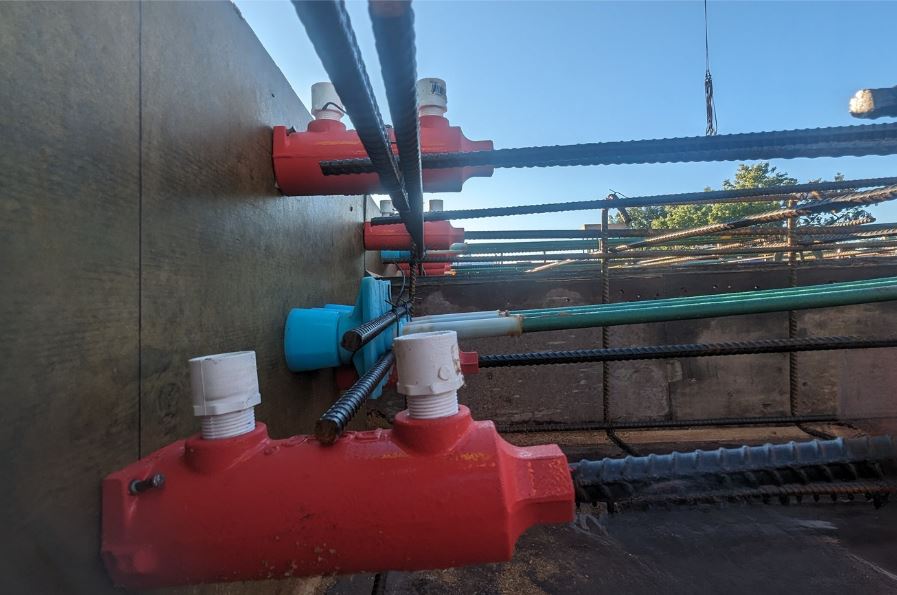
Our revolutionary mechanical reinforcement splice system is a new idea for many in the construction industry. Consequently, we hear a handful of objections when it comes to implementing PS=Ø®. In this blog, we take time to address the top objections from engineers, concrete contractors, and general contractors about PS=Ø® technology. Engineers Objection: “You can’t develop […]
Issues with Dowels Eliminating Leave-Outs in Elevated Concrete Slabs

Code Basics It has come to the attention of this author that pour strips/leave outs have been replaced by gapless leaves out using a dowel device has been used to connect cast-in-place-slabs. The traditional pour strips/leave outs have always included a code permitted lap splices. The location is often near a point of inflection (i.e., […]
Client Spotlight: Lithko Contracting

Project Details: Project: Cook Children’s Medical Center, Parking Garage Location: Fort Worth, TX Concrete Contractor: Lithko Contracting Project Coordinator: Jesus Villarreal General Contractor: Linbeck Architect: HKS Inc. Design Architect: David M. Schwartz Architects, Inc. Structural Engineer: Dunaway Associates PS=Ø®: The PS=Ø® system was used on three floors for two different conditions that eliminated traditional […]
5 Most Frequently Asked Questions About PS=Ø®
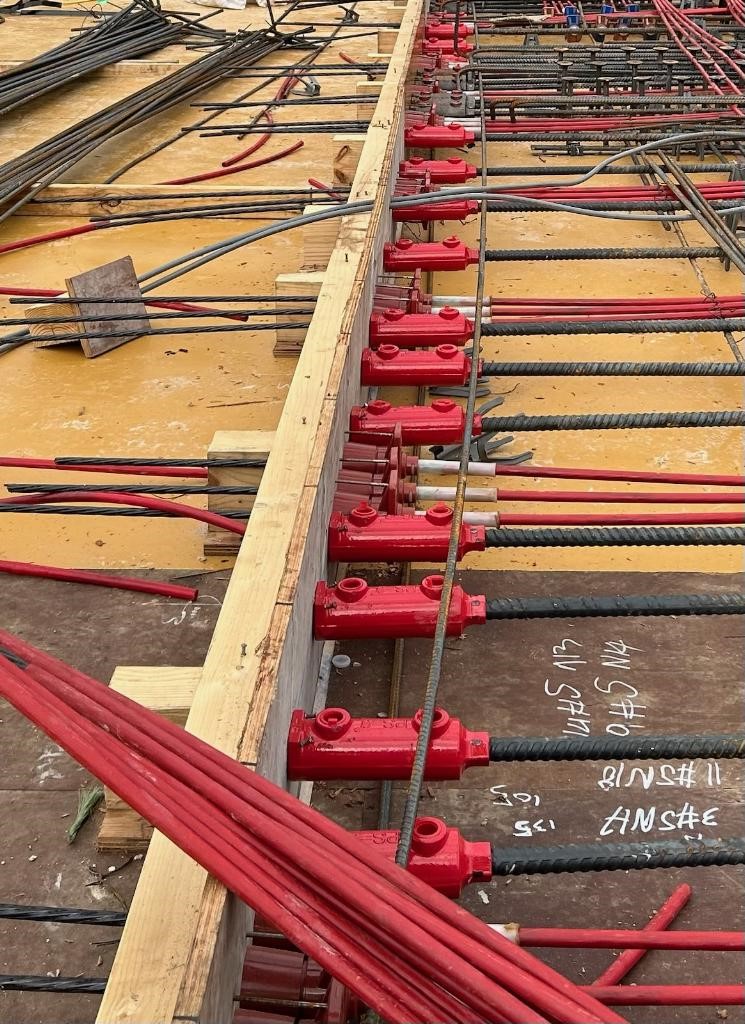
When it comes to post-tensioned and reinforced concrete solutions, PS=Ø® stands apart because our system works differently. We don’t cater to construction schedules at the cost of quality, nor do we focus on quality while ignoring schedule constraints. Our revolutionary system works to provide the highest quality concrete slabs while also eliminating major schedule delays […]
How PS=Ø® Accelerates Construction Schedules
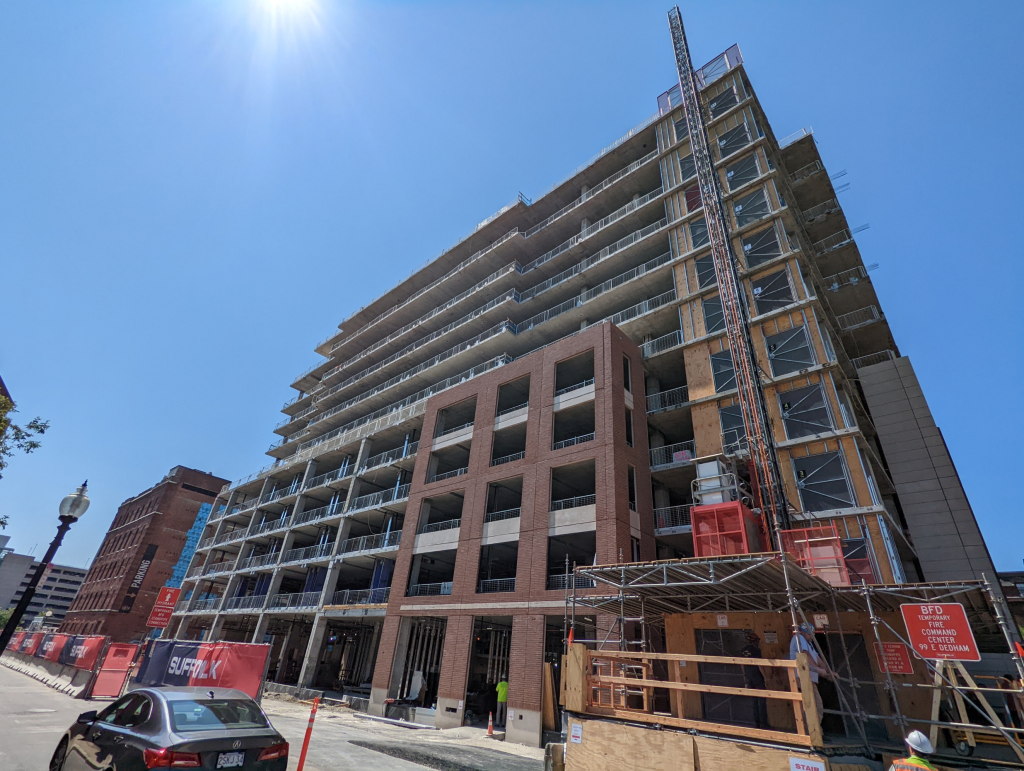
On post-tensioned and reinforced concrete projects, pour strips serve an important function. The leave-out allows for volume change between two adjacent concrete slabs, reducing restraint to shortening cracks caused by: Shrinkage Temperature change Elastic shortening (Post-Tension) Creep (Post-Tension) However, pour strips also cause a host of problems, including safety hazards, increased costs, and schedule delays. Why […]
How To Grout Your PS=Ø® System
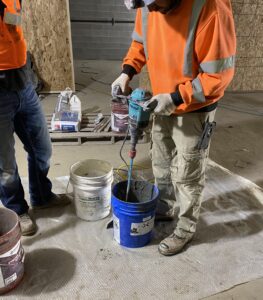
If you’re reading this blog, chances are you already know that PS=Ø® is a mechanical reinforcement splice system that eliminates pour strips. You’ve also probably heard that the PS=Ø® coupler features a threaded bar on one end and a grout-filled sleeve on the other. Grouting is the final step of the PS=Ø® installation process. Grouting […]
A New Look at Eliminating Expansion Joints
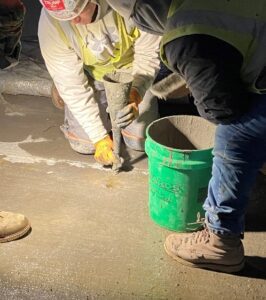
A New Consideration in the Design of Expansion Joint Spacing Existing/Current Consideration for Expansion Joint Location Design There is only one reason expansion joints exist, that is volume change of construction materials. For most commercial enclosed buildings, volume change is from shrinkage of concrete, expansion, and contraction due to material thermal changes occurring during the […]
Integrity of Concrete Structures
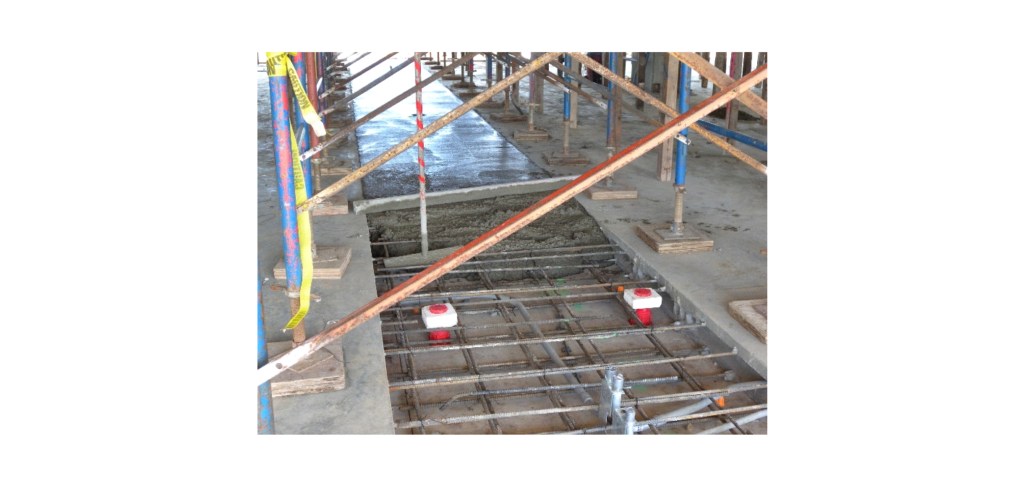
General introduction Structural integrity is the ability of a structure to withstand its intended loading without failing due to fracture, deformation, or fatigue. It is a concept often used in engineering to produce items that will serve their designed purposes and remain functional for a desired service life. ACI 318 – 19 defines structural integrity as […]
PS=Ø® 101: Part 4
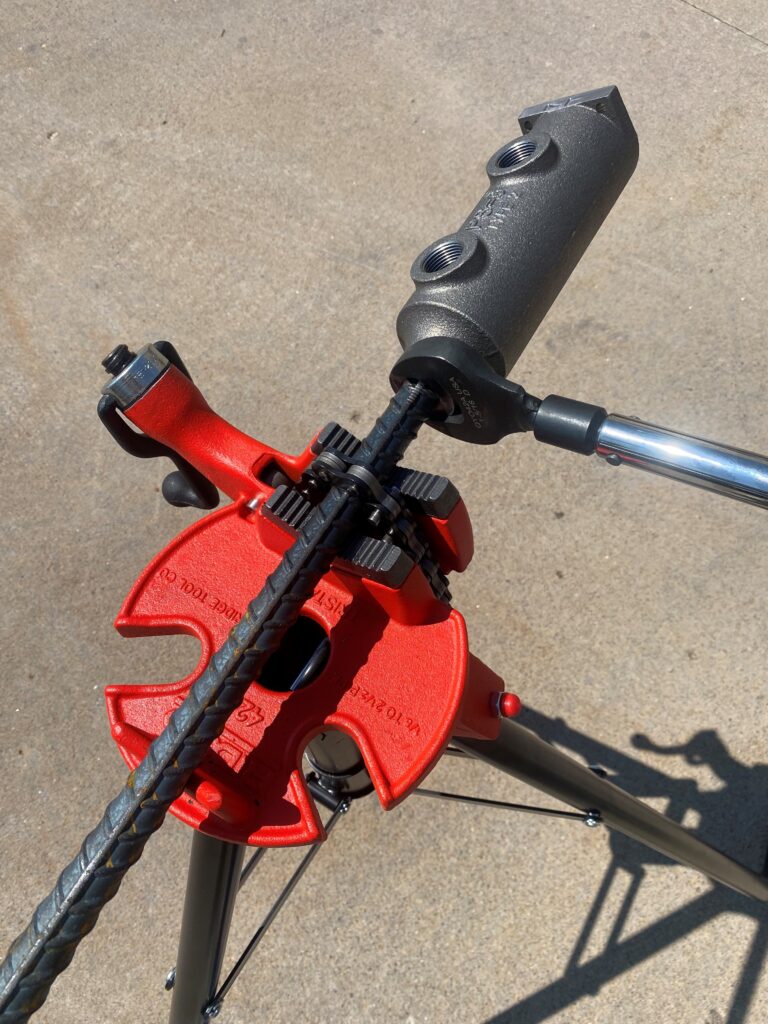
PS=Ø® 101: Everything You Need to Know About Pour Strip Zero Part 4 – Installing PS=Ø® This is Part 4 of our four-part blog series about the PS=Ø® system, where we discuss the installation process. In Part 1, we focused on the function of pour strips and how to eliminate them with PS=Ø®. In Part 2, we […]
PS=Ø® 101: Part 3
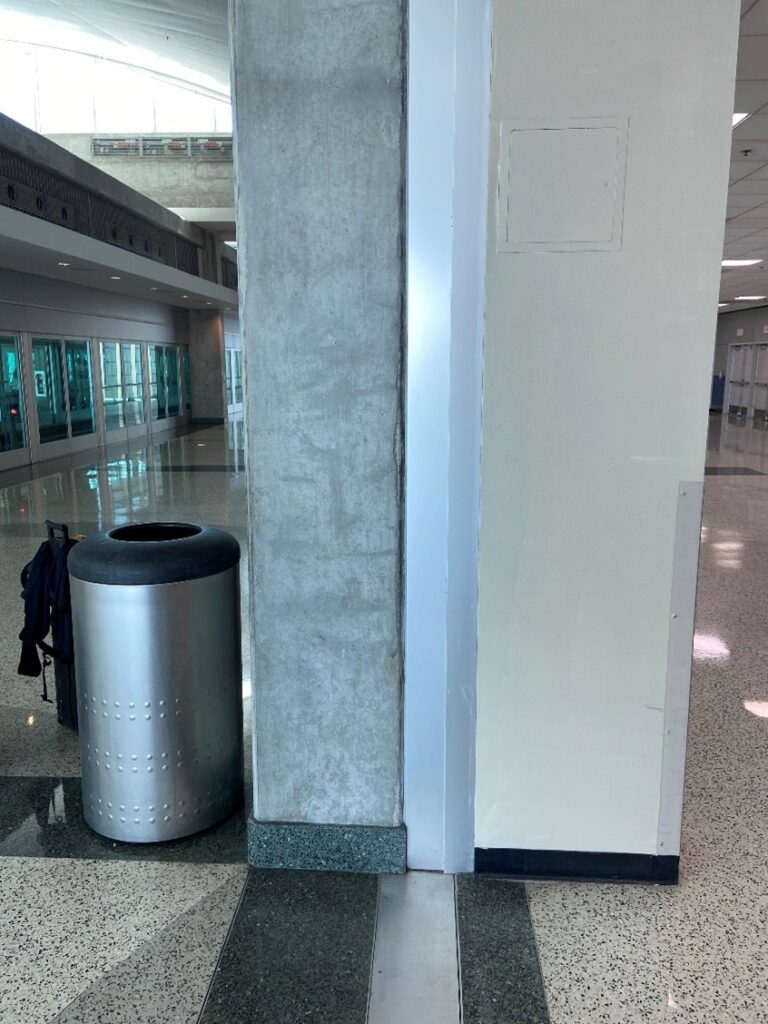
PS=Ø® 101: Everything You Need to Know About Pour Strip Zero Part 3 – Eliminating Expansion Joints This is Part 3 of our four-part blog series about PS=Ø®, where we discuss all of the system’s various applications. In Part 1, we focused on the function of pour strips and how to eliminate them with PS=Ø®. […]

